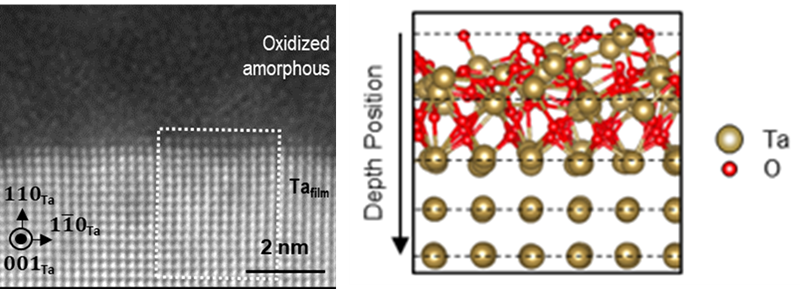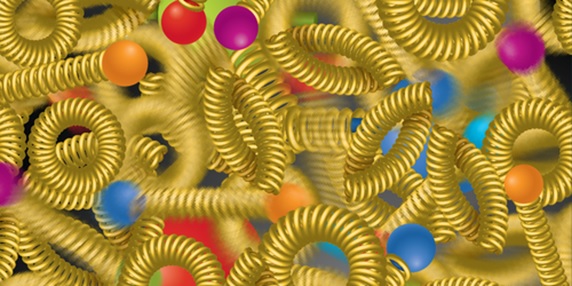Sometimes, science is just plain pretty. On a roadway, you may have seen rainbow colors in an oily puddle. That effect comes from the light from sunshine reflecting off of layers in a mix of liquids. Scientists refer to these layers as “thin films.”
Interactions at the boundaries of liquids are important in science. A number of different areas of research, including biology, chemistry, and pharmaceuticals involve interactions between thin films. For example, when a virus enters a cell, the outer shell mixes with the cell’s membrane in a particular way. Pinpointing exactly where layers of liquid have direct contact is particularly important for purifying chemicals. Understanding these interactions could also be helpful in battery research, as we work to make batteries store more energy for longer periods of time.
But identifying and studying these interfaces is surprisingly difficult. The many layers of liquid make it hard to figure out where one type of liquid ends and another begins. The stacks obscure data about the interface itself.
To narrow down the target, researchers from the Department of Energy’s SLAC National Accelerator Laboratory found a way to create super-thin layers of liquids. Each layer is only a few hundred atoms thick. This technique allows them to take measurements at these interfaces that they were never able to do before. These measurements give them information about the structures of the molecules. They can also watch the chemical reactions at these interfaces in real time.
The scientists created these super-thin layers by shooting jets of oil and water at each other out of very tiny nozzles. Once they had the ultra-thin sheet where the oil and water touched, they beamed infrared light at it.
Much to their satisfaction, they saw an undulating pattern of lighter and darker rainbow colors. This pattern showed that the oil and water stayed as separate layers and didn’t combine together. As scientist David Hoffman said, “The pretty pictures are a critical part of the science.”
sourced from https://www.sourcearu.com



